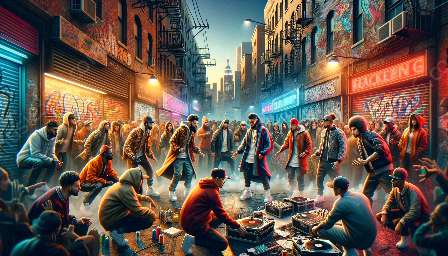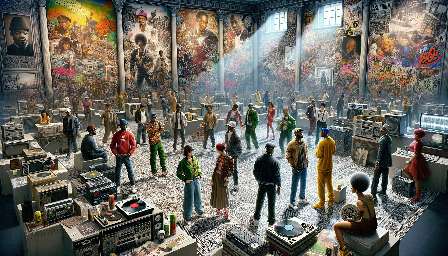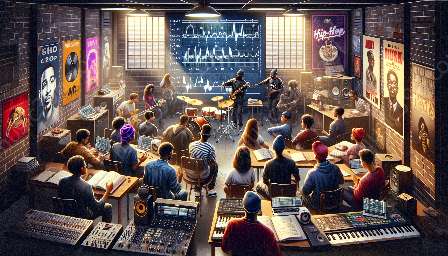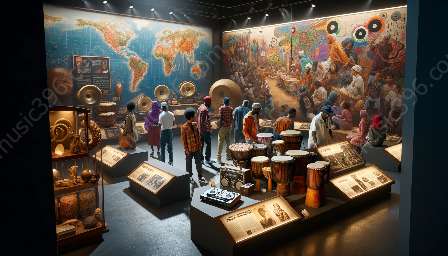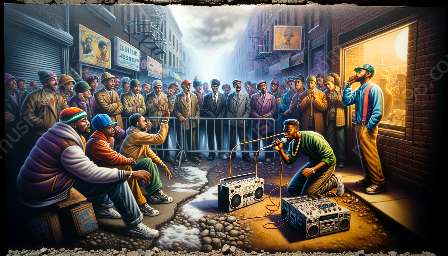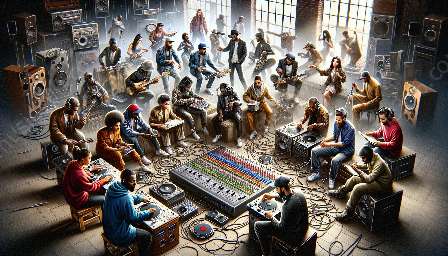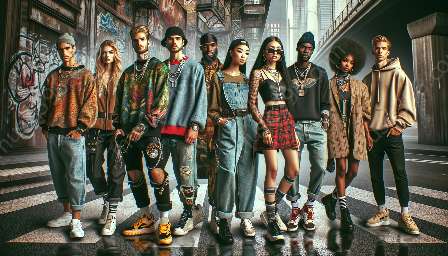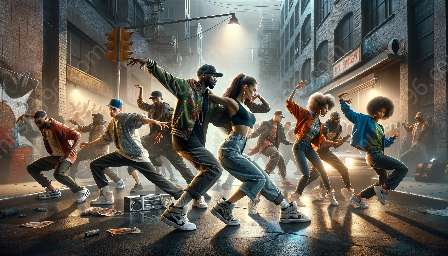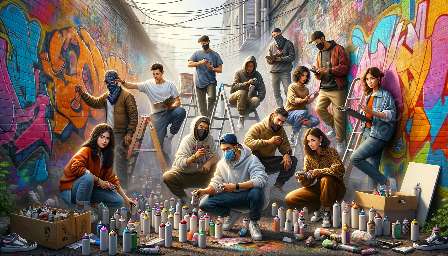The world of graffiti art is a dynamic and vibrant subculture that has found a significant place within urban and hip-hop communities. It is a form of creative expression that transcends traditional art forms and has become a powerful means of communication, often reflective of societal conversations around gender and identity.
Exploring Gender in Graffiti Culture
Graffiti culture has often been associated with male dominance, with many of the most famous street artists being men. However, there is a growing movement of female and non-binary graffiti artists who are reshaping the narrative and challenging the traditional gender norms within the scene. Their works often reflect a unique perspective on femininity, masculinity, and non-binary identities, addressing issues of gender equality and representation.
Identity and Self-Expression
Graffiti serves as a platform for individuals to express their identities and perspectives. It allows artists to communicate their experiences, struggles, and triumphs, often challenging societal norms and expectations. Within the context of hip-hop culture, graffiti becomes a powerful tool for marginalized communities to reclaim their space and assert their presence. The art form serves as a means of empowerment and resistance, allowing individuals to amplify their voices and assert their existence within urban landscapes.
The Role of Graffiti in Hip-Hop Culture
Graffiti culture and hip-hop have been intertwined since their inception, with both serving as vehicles for urban self-expression and resistance. Graffiti art has been a foundational component of the visual aesthetics of hip-hop, shaping the culture's identity and providing a means for artists to communicate with their audiences. The intersection of gender and identity within graffiti culture also extends to hip-hop, influencing the messages and themes present in the music and dance elements of the culture.
Graffiti as a Catalyst for Change
Through its visual impact, graffiti art has the power to transform and reclaim urban spaces. It challenges the status quo, engages in social commentary, and serves as a canvas for marginalized voices to express their experiences. Gender and identity are recurring themes within graffiti, reflecting the diverse perspectives and struggles of artists who use the medium as a vehicle for change.
The Impact on Urban Spaces
Graffiti culture and its exploration of gender and identity have a profound impact on urban landscapes. It allows for the expression of diverse narratives and challenges the sanitized imagery often associated with cityscapes, injecting vibrant and authentic representations of lived experiences. It disrupts conventional notions of public space and allows for a reclamation of areas often overlooked by mainstream society.
Conclusion
The dynamic interplay between gender, identity, and graffiti culture within the context of hip-hop represents a powerful force for change and self-expression. It challenges societal norms, empowers marginalized voices, and reshapes urban landscapes. Through graffiti, individuals are able to explore and celebrate their identities, contributing to a more inclusive and diverse cultural tapestry within the realms of both hip-hop and urban life.

